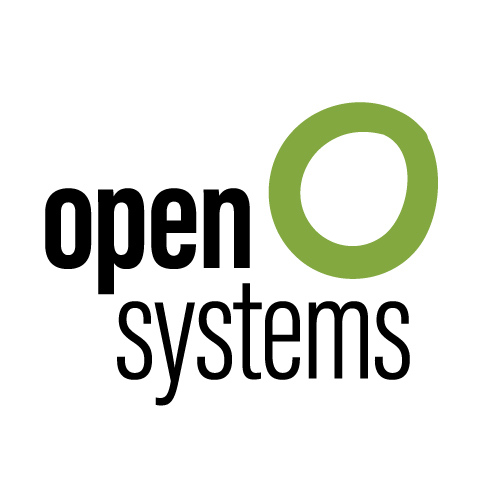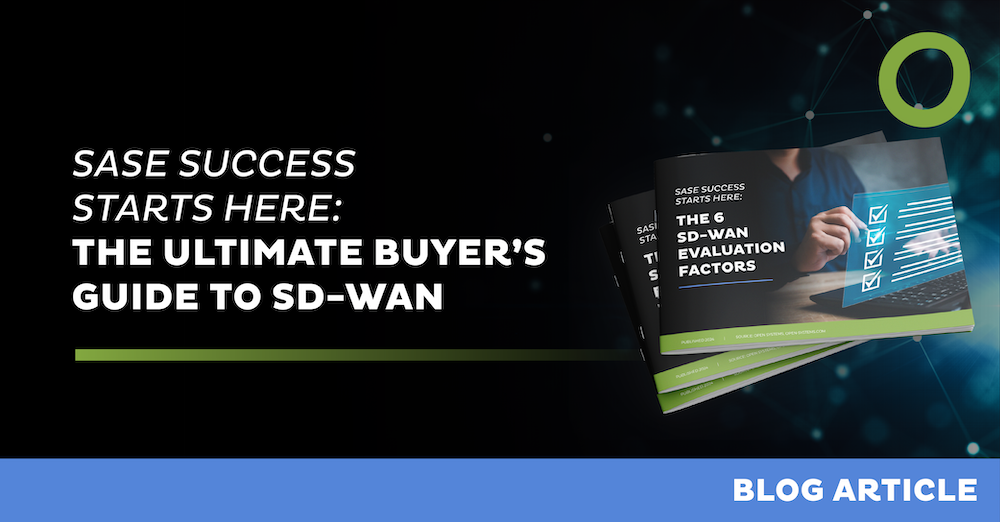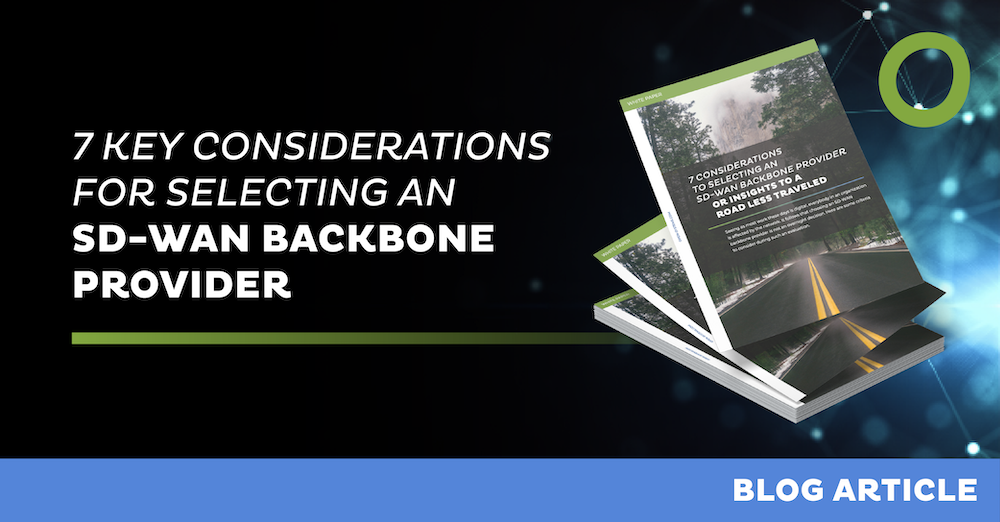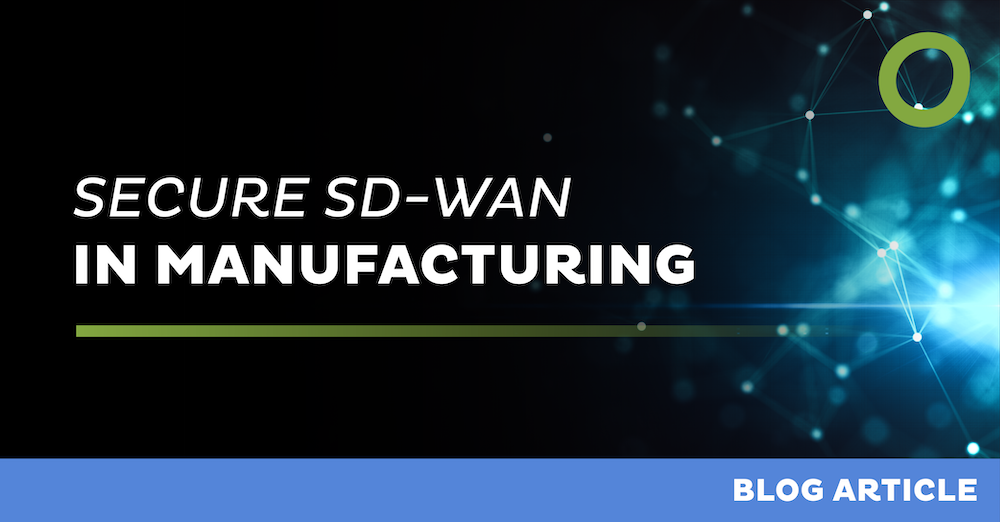
SASE Success Starts Here: The Ultimate Buyer’s Guide to SD-WAN


In the evolving landscape of networking and security, the Secure Access Service Edge (SASE) has emerged as a revolutionary concept. Since its introduction in 2019, SASE has continued to reshape how organizations approach their network architecture and security. At the heart of many SASE strategies lies the implementation of SD-WAN (Software-Defined Wide Area Network), a critical step for any business looking to modernize its infrastructure. This guide aims to simplify the evaluation process by outlining the six key factors you need to consider when selecting a managed SASE SD-WAN provider.
1. Network Connectivity
Connectivity is King
One of the most compelling features of SD-WAN is its ability to utilize multiple types of access connections. By leveraging a mix of broadband, MPLS, and 4G/5G links, organizations can enhance both bandwidth and reliability. A notable advantage here is the cost savings. Studies have shown that using broadband alternatives can save companies up to 42% compared to traditional MPLS lines.
Avoid:
- Provider lock-in with specific connectivity technologies.
- Complex multi-provider management.
- Lack of a robust backbone network or missing SLAs.
Look for:
- Provider-agnostic connectivity options.
- Comprehensive management of connectivity providers.
- End-to-end SLAs ensuring reliable and high-performance connectivity.
2. Network Security
Broad and Integrated Security
Security within a SASE SD-WAN solution should cover the entire cyber kill chain, detecting and mitigating threats at every stage. A well-integrated security solution not only enhances protection but also simplifies management and reduces costs.
Avoid:
- Disjointed security solutions with distributed logs.
- Solutions focusing solely on prevention or detection.
- Limited cloud coverage.
Look for:
- A unified security portfolio covering firewall, web, and email security.
- Comprehensive endpoint, edge, and cloud security.
- Integration ensuring end-to-end functionality and synergy.
3. Technology Evaluation and Lifecycle Management
Staying Ahead of the Curve
Evaluating new technology trends and managing the hardware and software lifecycle are crucial for maintaining an optimized and up-to-date network. This proactive approach prevents obsolescence and ensures continuous improvement.
Avoid:
- Reactive technology evaluation and management.
- Fragmented SASE solutions from multiple vendors.
- Lack of regular reviews and proactive hardware replacements.
Look for:
- Proactive technology evaluations.
- A community of users sharing best practices.
- Regular updates and proactive replacement strategies.
4. Setup and Deployment
Smooth Transitions
The setup phase involves design, configuration, and optimization of the network, followed by effective project management and deployment. A flexible, customized approach ensures that the network meets current needs and can adapt to future requirements.
Avoid:
- Rigid, one-size-fits-all configurations.
- Outdated policies and chaotic setups.
- High costs for on-site installations.
Look for:
- Best practice recommendations and flexible configurations.
- Comprehensive project management including all stakeholders.
- Zero-touch, global deployment capabilities.
5. Operations
Reliable and Continuous Support
Operational support includes 24x7 incident management, regular patching and upgrades, and continuous monitoring and alerting. Quality support is essential for maintaining network stability and security.
Avoid:
- Limited support tickets and high fees for emergency changes.
- Difficulty accessing expert-level support.
- Delays in patching and upgrading.
Look for:
- Unlimited support tickets and direct access to expert engineers.
- Continuous 24x7 support and rapid patch deployments.
- Integrated monitoring and alerting frameworks.
6. Organizational Expertise and Long-term Agility
Partnering for Success
Choosing a provider with the right expertise and a long-term strategic vision ensures that your organization can adapt to future challenges and opportunities. Look for a provider that acts as a strategic partner rather than just a service provider.
Avoid:
- Professional services billed on top of regular fees.
- Providers struggling to attract and retain skilled staff.
- Lack of strategic roadmap and digital transformation guidance.
Look for:
- Professional services included in the offering.
- Experienced and certified staff.
- Continuous trend evaluation and strategic roadmap.
Conclusion
Selecting the right SASE SD-WAN provider is a critical decision that can significantly impact your organization’s efficiency, security, and overall success. By carefully evaluating providers based on these six factors—Network Connectivity, Security, Technology, Setup, Operations, and Organizational Expertise—you can ensure a robust, future-proof network that meets your business objectives. Partner with a provider who understands your needs and can offer a comprehensive, integrated solution, like Open Systems, to embark on a successful SASE journey.
Leave Complexity
Behind
To learn how Open Systems SASE Experience can benefit your organization, talk to a specialist today.
Contact Us

